|
|
Vollsmose, Denmark, Europe |
|
|
|
|
|
|
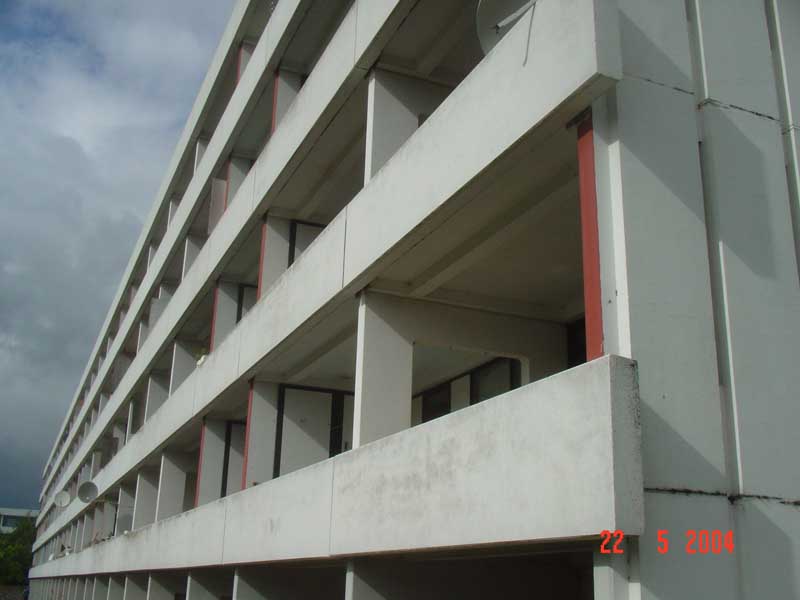
2004
source: INTI
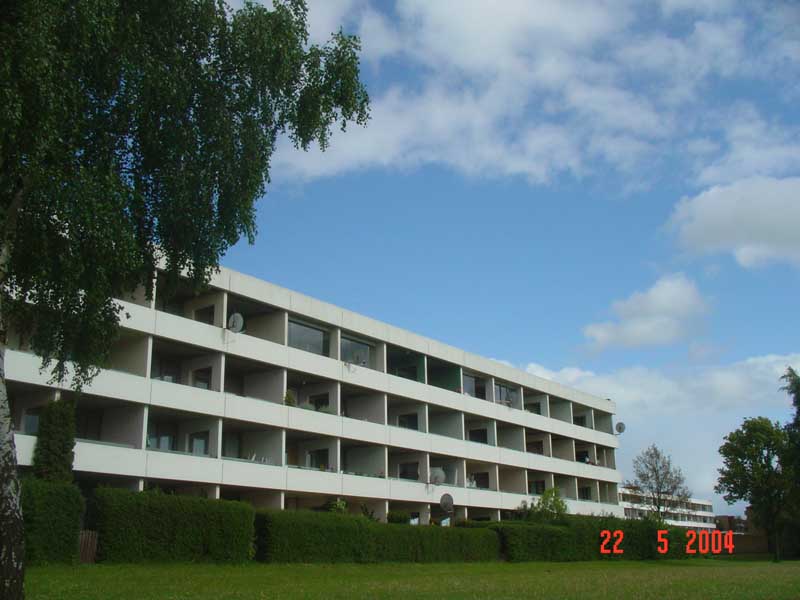
2004
source: INTI
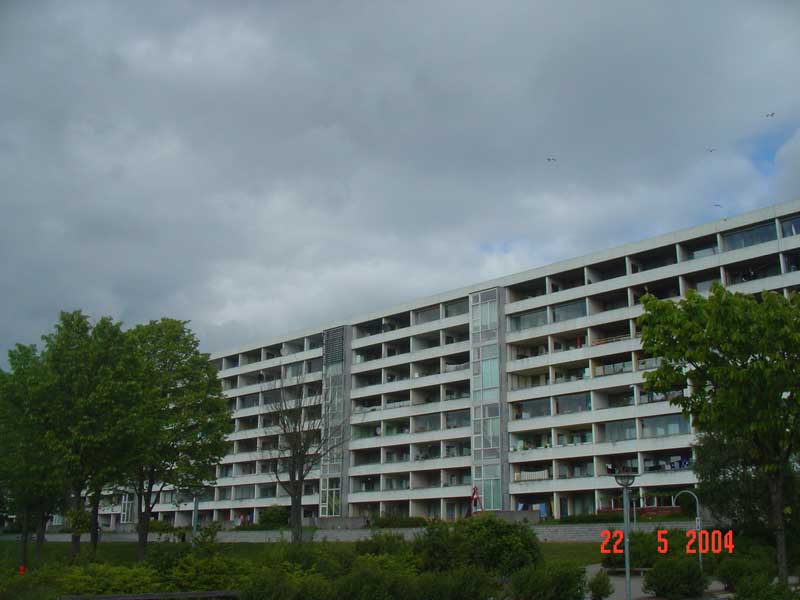
2004
source: INTI
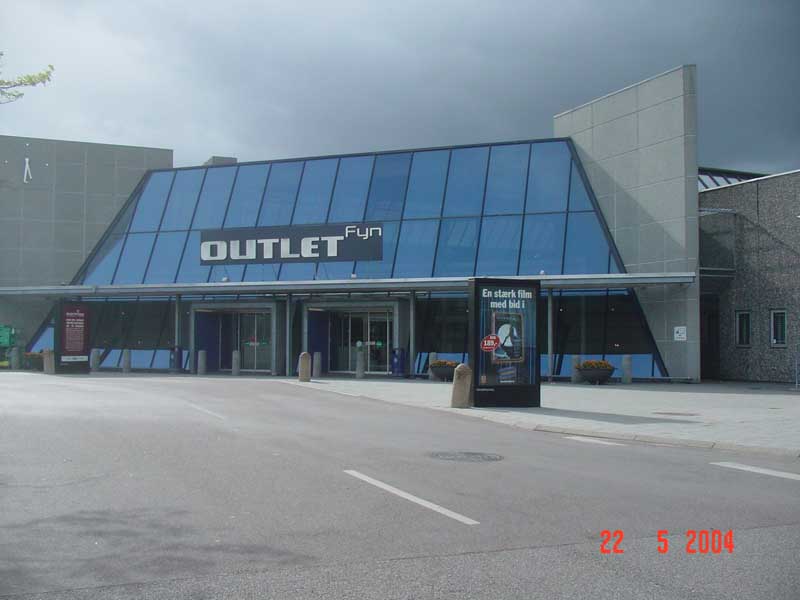
2004
source: INTI
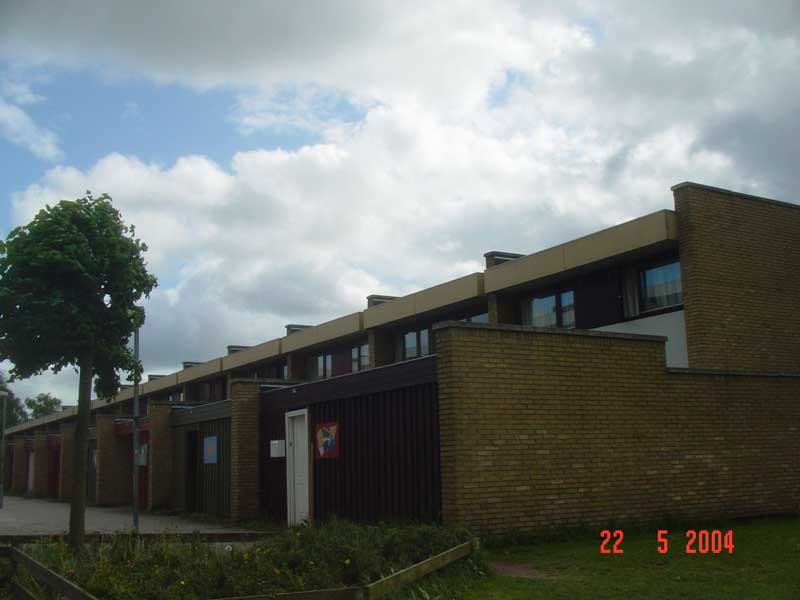
2004
source: INTI
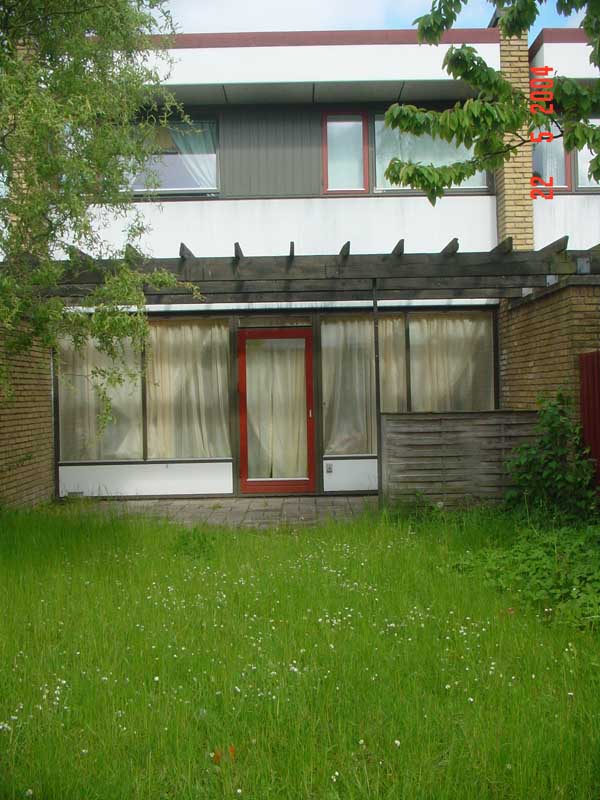
2004
source: INTI
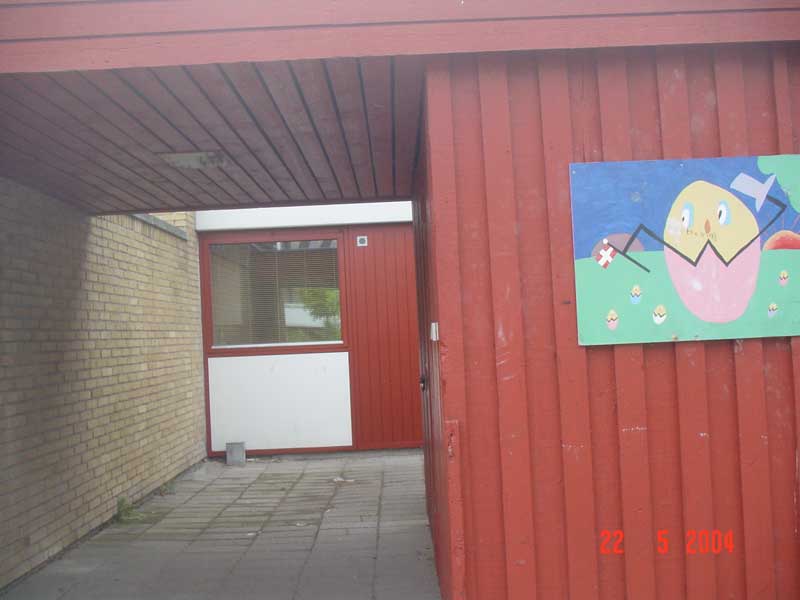
2004
source: INTI
|
10.000 inhabitants from 78 different nations. 3.800 apartments. Built in 1966-68. Everyone in Denmark knows of Vollsmose outside Odense, as it has been massively exposed in the media as a 'troubled' area. It has thus seemingly become a catalogue of social problems ranging from abuse, culture clashes, poverty, or crime.
Vollsmose was built as a new modern satellite town connected to Odense, and was meant to counter the housing shortage of the '60'ies with large, high standard, light apartments. It is a complex of both 3-4 storey houses and high rise buildings. It is also a self-sufficient unit with nursing facilities, shops, post office, etc.
What makes Vollsmose an interesting case is the vast amount of project having been started in order to make the place 'better' to live in, and in recent years, the urge to state that Vollsmose is not as bad as it is said to be. In 2000 two young artists from the Royal Academy of Art in Copenhagen, Lasse Lau and Lise Skou, established CUDI (Centre for Urbanity, Dialogue and Information) in an apartment in Vollsmose, where they lived and worked for a year. CUDI made many projects that sought to reveal the positive resources of the people living in Vollsmose, from building a mobile teahouse to form a social platform - to record mothers singing lullabies in different languages and making workshops about the future of Vollsmose with the inhabitants.
Vollsmose is also part of the kvarterløft projects. The problems these projects have sought to solve have mainly been connected to integration, unemployment, and crime.
source: Nanna Bjerre Jepsen |
|
2008 - 2024 disclaimer
|

